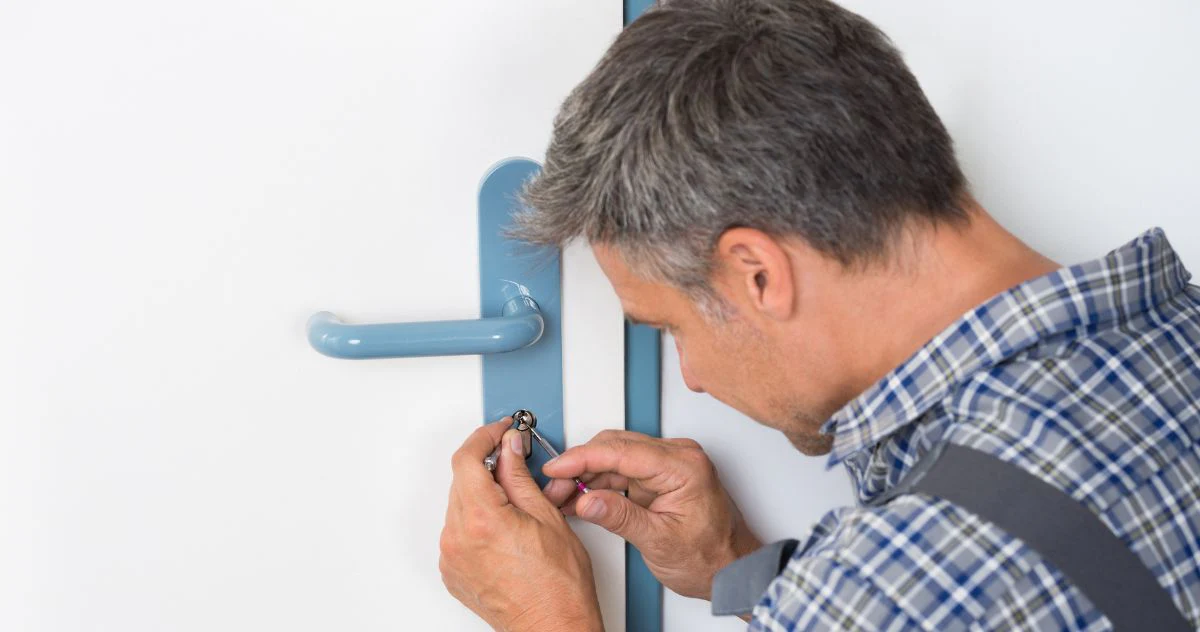Door handles are an essential component of any building, providing a means of entry and exit. However, like any mechanical device, door handles can encounter common problems that can hinder their functionality. In this comprehensive guide, we will explore the most prevalent issues with door handles and provide practical solutions to fix them. Whether you are a homeowner, a business owner, or a maintenance professional, this article will serve as a valuable resource for understanding and troubleshooting door handle problems.
- Loose Door Handles
One of the most common problems encountered with door handles is looseness. Over time, door handles can become loose due to frequent use or insufficient installation. A loose door handle not only affects the aesthetics of the door but also compromises security. To fix this issue, follow these steps:
1. Examine the mounting screws: Start by inspecting the mounting screws on the door handle. If they are loose, tighten them using a screwdriver. Be cautious not to overtighten, as this can strip the screws or damage the handle.
2. Check the internal mechanism: If tightening the mounting screws does not resolve the issue, remove the handle and examine the internal mechanism. Look for any worn or broken components, such as springs or spindles. Replace these parts if necessary.
3. Reinstall the handle: Once you have addressed any worn or broken components, reinstall the door handle. Ensure that all screws are tightened securely, but again, avoid over tightening.
- Sticky Door Handles
Another common problem with door handles is stickiness, where the handle becomes difficult to turn or operate smoothly. This issue can be caused by various factors, including dirt, dust, or a misaligned latch. Follow these steps to fix a sticky door handle:
1. Clean the handle and mechanism: Begin by cleaning the handle and the internal mechanism. Use a mild detergent or a cleaning solution recommended by the handle manufacturer. Remove any dirt or debris that may be causing the stickiness.
2. Lubricate the moving parts: Apply a lubricant, such as silicone spray or graphite powder, to the moving parts of the handle and latch mechanism. This will help reduce friction and improve the handle’s smooth operation.
3. Adjust the latch alignment: If the stickiness persists, the latch may be misaligned. To adjust the strike plate on the door jamb, use a screwdriver. Ensure that the latch aligns properly with the strike plate, allowing the door handle to engage and disengage smoothly.
- Broken Door Handles
In some cases, door handles can break due to excessive force, age, or poor quality materials. A broken door handle not only affects functionality but also poses a security risk. Here’s how to fix a broken door handle:
1. Remove the broken handle: Start by removing the broken handle from the door. This may involve unscrewing mounting screws or detaching the handle from the spindle.
2. Replace the handle: Purchase a new door handle that matches the dimensions and style of the broken one. Install the new handle by following the manufacturer’s instructions. Ensure that all screws are securely tightened.
3. Test the functionality: Once the new handle is installed, test its functionality by engaging and disengaging the latch. Make any necessary adjustments to ensure smooth operation.
Conclusion
Door handles are an integral part of any building, providing convenience and security. However, they can encounter common problems that require attention and troubleshooting. By addressing issues such as loose handles, sticky operation, and broken components, you can ensure the optimal functionality of your door handles. Remember to follow the steps outlined in this guide and consult professional help if needed. With proper maintenance and care, your door handles will continue to serve their purpose effectively for years to come.




